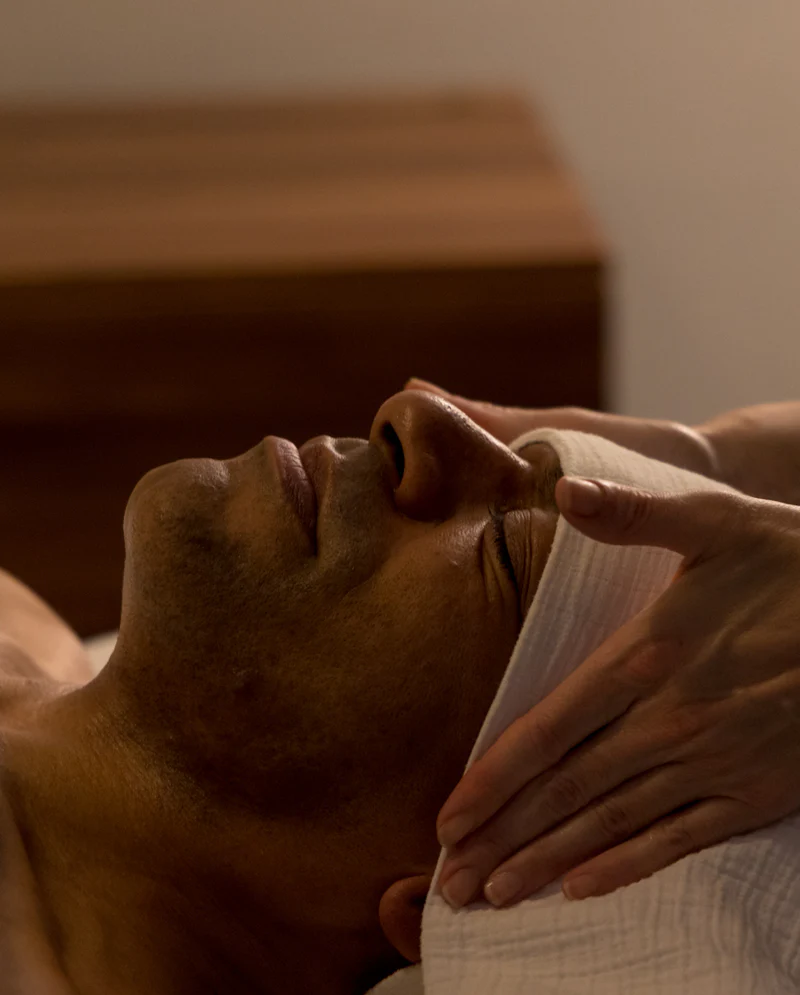How to Care for Sun Damage

How to Care for Sun Damage
 Everyone loves the sunshine – it just seems like everything’s a bit better when the sun’s out, especially for us Australians who adore the sun and the sand at iconic beaches like Bondi, Bronte, and Coogee in Sydney.
Everyone loves the sunshine – it just seems like everything’s a bit better when the sun’s out, especially for us Australians who adore the sun and the sand at iconic beaches like Bondi, Bronte, and Coogee in Sydney.
But as much as we love soaking up the sun’s rays, there’s a downside we’re all too familiar with – the negative effects of sun exposure on our skin.
However, with some care and precautions, we can still enjoy a few rays while minimising the risk of sun damage. But how do you know if you’ve already had too much sun and if it’s caused damage, and what can you do about it?
Understanding Sun Damage:
Sun damage is an umbrella term for the effects of prolonged sun exposure on the skin, including changes in pigmentation and vascularity, the potential growth of cancerous lesions, and increased thinning of the skin. While sun damage is more common in mature skin, it can affect individuals of any age.
Self-Diagnosis Methods:
Before conducting a skin analysis, ask yourself if you’ve frequently been exposed to the sun without protection and if you wear SPF daily. The more UV exposure you’ve had, the greater the likelihood of sun damage.
Signs of sun damage may include:
- Fine lines, wrinkles, and increased skin laxity due to collagen depletion.
- Uneven pigmentation, including darker spots, freckles, or areas of lost pigmentation.
- Presence of broken capillaries and increased redness, indicating weakened capillary walls.
- Rough, scaly patches that persist, known as solar keratosis.
How to Help:
The first step in improving sun-damaged skin is to limit further UV exposure by incorporating a mineral SPF into your routine and avoiding direct sun exposure during peak hours.
Monitor moles and areas of pigmentation for changes in shape or color, as sun-damaged skin can potentially become cancerous.
Incorporate antioxidant-rich foods into your diet to help reduce free radical damage from UV rays. Foods like watermelon and tomatoes, rich in lycopene, can support skin health.
Treatment Options:
For targeted treatment of sun damage, consider the following facial treatments:
- Epidermal Enlightenment | Rejuvenation – Hyperpigmentation: Our resurfacing laser treatment stimulates natural healing processes and collagen production, reducing pigmentation and improving skin texture.
- Chemical Resurfacers (Peels): These treatments improve skin texture and tone while balancing pigment production for a healthy glow.
- Skin Pigmented Lesions | Dark Spots Corrections: This treatment targets areas of pigmentation, restoring clarity and tone to the skin.
Recommended Products:
To support the improvement of sun-damaged skin, incorporating the right products into your skincare routine is essential. Start by introducing an SPF into your daily regimen, such as the Oil-Free Matte Control | Pore Refining Facial Fluid SPF30, which not only protects your skin from harmful UV rays but is also ocean-friendly. Additionally, consider incorporating antioxidants into your routine to combat free radical damage. Look for formulations rich in Vitamin C, like the Armour Life-Force Generative Bio-Serum or Collagen Abundance Age-Defying Gem Serum, which help protect your skin from environmental stressors. Hydration is key for sun-damaged skin, so opt for moisturisers like the Time-Release Super Nutrients Hydrating Face Moisturiser, packed with hyaluronic acid and Vitamin C, or the Cellular Reparative Rare Face Cream, which nourishes and rebuilds your skin while you sleep. Finally, to target skin texture and tone, incorporate Vitamin A-based products like the Luminous Face Serum Depigmentation Therapy or Collagen Abundance Age-Defying Gem Serum, which encourage collagen production and reduce the appearance of pigmentation. Incorporating these recommended products into your skincare routine will help nourish and repair sun-damaged skin, leaving you with a healthy and radiant complexion.
Choose these products to protect your skin from sun damage and promote a healthier, more radiant complexion.
Remember, prevention is key when it comes to sun damage, but with the right care and treatments, you can restore and maintain the health of your skin, ensuring a youthful and vibrant appearance for years to come.
